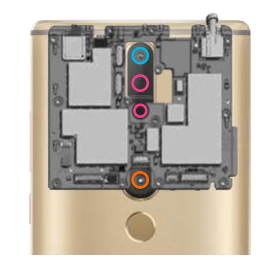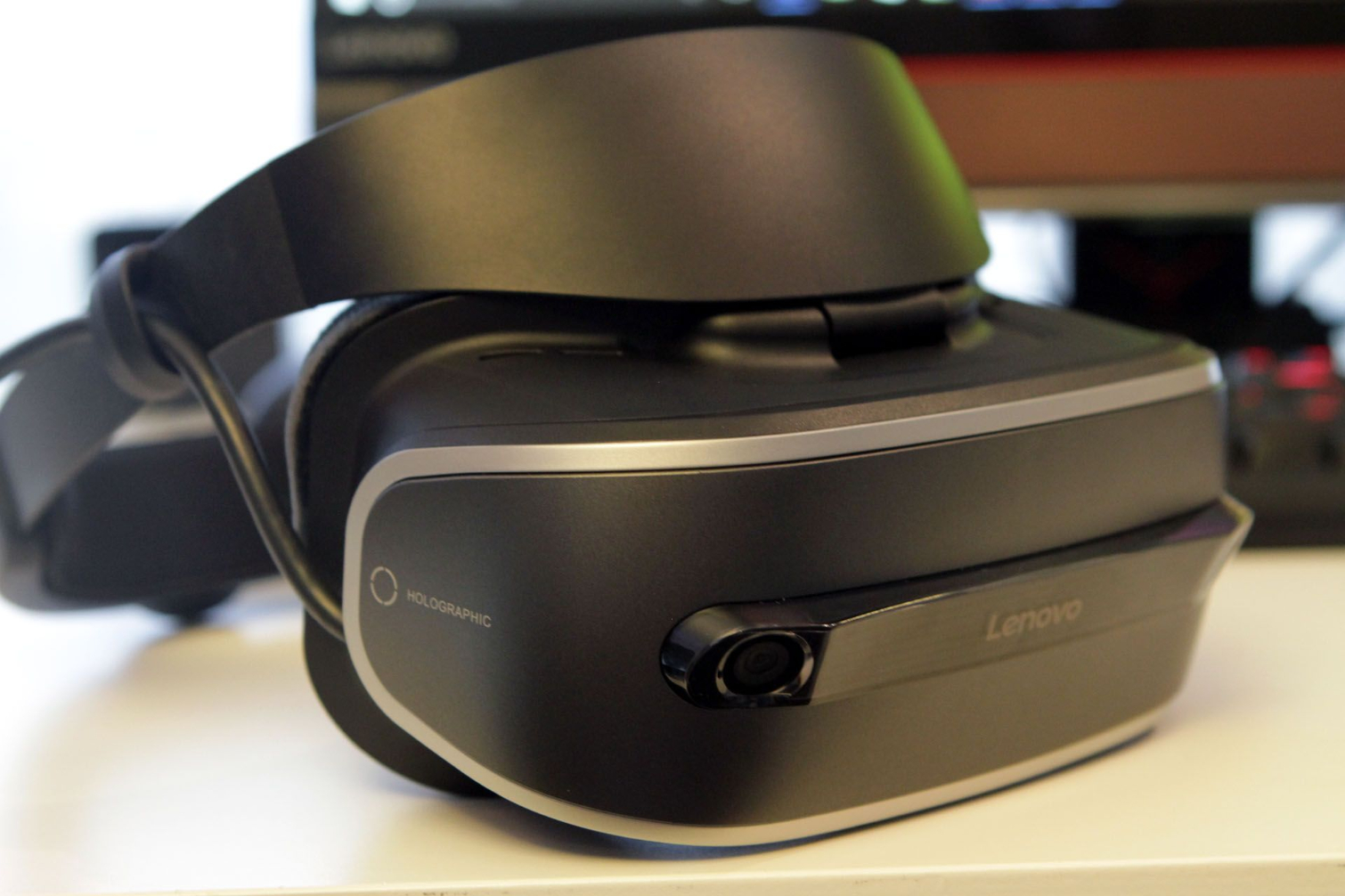Lenovo’s (Conservative) VR Gambles
Lenovo is a huge company with loads of resources and IP around hardware, which means it can afford to gamble a bit on the XR revolution. And gamble it has, with three devices for two different platforms that offer AR, MR, and VR capabilities.
Augmented Reality
On the AR side, Lenovo is one of only two companies (Asus is the other) with the chutzpah to build a shipping device loaded with Tango technology. We took a long look at the Lenovo Phab 2 Pro with Tango and found it to be what we called a necessary half measure, but Tango’s importance was brought to bear with the announcement at Google I/O that the new spate of standalone VR devices built on Qualcomm’s Snapdragon 835 VR platform will use Tango for their inside-out tracking.
It’s important to parse out that the Tango implementation on the Phab 2 Pro is fundamentally AR, whereas on the standalone devices, there’s no AR or MR component--there’s no camera passthrough, so the HMDs are VR and use Tango’s technology for tracking only.
In any case, Lenovo boldly rolled the dice on Tango, and it seems that’s won, to an extent--not in AR (yet), but certainly in VR.
Virtual Reality
Google announced that so far, only two companies will be making Snapdragon 835-based standalone HMDs running Daydream VR: HTC (with a version of the Vive) and Lenovo.
Thus, Lenovo has eagerly jumped into the Android-based VR waters and has embraced Daydream. Surely, its expertise making phones and tablets generally (especially with Qualcomm chips), and its work with Tango on the Phab 2 Pro specifically, made this move an easy one--at least in terms of engineering.
In terms of marketing products, Daydream is already established, far moreso than Tango anyway, and it has the full might of Google behind it. In that sense, manufacturing this HMD is much less of a gamble than putting Tango on a smartphone and crossing your fingers. Still, it’s somewhat of a risk, considering the still-nascent stage of VR and the fact that these standalone HMDs are, well, standalone devices--they’re not a value-add of the phone you’re already going to buy.
Get Tom's Hardware's best news and in-depth reviews, straight to your inbox.
Mixed Reality
We’ve known for months that Lenovo was part of the Windows Mixed Reality HMD movement. We even saw a (non-functioning) prototype at CES this January. But since then, Lenovo had gone quiet about its WMR HMD, and the company’s product was noticeably absent last week at Build when Microsoft announced that the first two WMR HMD dev kits were coming from Acer and HP.
We also raised an eyebrow when we noticed that the rendering of Lenovo’s standalone Daydream HMD looked an awful lot like its WMR HMD. However, a Lenovo rep confirmed to Tom’s Hardware that the company is still on track with both Daydream and WMR HMDs. The person also confirmed that the two devices are not related; we take that to mean that the design teams just modified one to fit the other’s requirements, rather than go back to the drawing board, but that they're truly different devices.
As we’ve stated before, though, the Windows Mixed Reality headsets, as they’ve been announced and defined so far, don’t actually offer mixed reality capabilities. They’re fundamentally VR headsets, and we have no reason to think that the Lenovo version will be any different.
However, two items lead us to believe that devices capable of mixed reality are on Lenovo’s horizon. First of all, the Windows Mixed Reality platform does support actual mixed reality; it’s just that the devices announced so far don’t, so it's reasonable to assume that such a device is on Lenovo’s roadmap. (Chances are, Microsoft will be the one to define those specs and possibly even create a reference design that Lenovo and others will build from.)
Second, as we pondered earlier, there’s no apparent reason why the standalone Daydream VR HMDs--which are, again, equipped with Tango technology--couldn’t offer mixed reality. Lenovo has already proved, with the Phab 2 Pro, that it’s possible to offer camera passthrough on a device running Tango.
Thus, in a way, Lenovo is poised--moreso than any other company--to produce a standalone device (and/or a “dumb” VR peripheral for Windows Mixed Reality) capable of actual mixed reality.
Spreading Out The Risk
The whole picture here is that Lenovo doesn’t want to miss out on XR. Instead of gambling on one thing or another, it’s waded into the waters across multiple devices and multiple platforms with multiple capabilities. Basically, whatever segment of VR “takes,” Lenovo is there.
(The exception is high-end gaming, which is dominated by Rift and Vive, although it’s possible that high-end WMR HMDs connected to powerful PCs could make a go of it. We’ve already seen that hardware makers other than HTC are allowed play in the SteamVR space, so there’s no reason Lenovo couldn’t insert itself there, too.)
In the meantime, Lenovo’s risks are paying off in the sense that it’s building institutional knowledge and IP and establishing key partnerships across the XR spectrum. Being bedfellows with Google, Microsoft, and Qualcomm is not a bad way to ensure future success.
Seth Colaner previously served as News Director at Tom's Hardware. He covered technology news, focusing on keyboards, virtual reality, and wearables.
-
ralphfaith It's nice. I just saw a video today about people using VR tools and that was quite funny how they went into the game, running here and there in actual, falling on the ground and having crazy laughter. That was funny, but at the same time it was dangerous, as few of them were injured pretty serious.Reply


